
Earlier this year, I was visiting Ghaziabad for my wife’s cousin brother’s marriages. A friend of the groom got talking to me since his mother-in-law is based in Kolkata, my hometown. When he heard where I stay, a trace of recognition flashed on his countenance. He said “You stay in Jadavpur? That’s near Bagha Jatin no?” I nodded in assent. Then he guffawed loudly. I wondered what brought about that reaction. He replied that when he first heard of the name Bagha Jatin, he thought it must be Bhaga (ran away) Jatin and was left wondering who was Jatin and why did he run away. I smiled out of politeness but it made me a quite sad in my heart.
The man who imparted his name to this locality of Kolkata’s southern fringes was nothing short of a legend. When Subhas Chandra Bose was but a teenager, Jatindranath Mukhopadhyay had the courage and vision to plan a country-wide uprising to overthrow the tyrannical British administration with arms & ammunitions provided by the German Empire. Sadly, on this day in 1915 his dreams came crashing down.
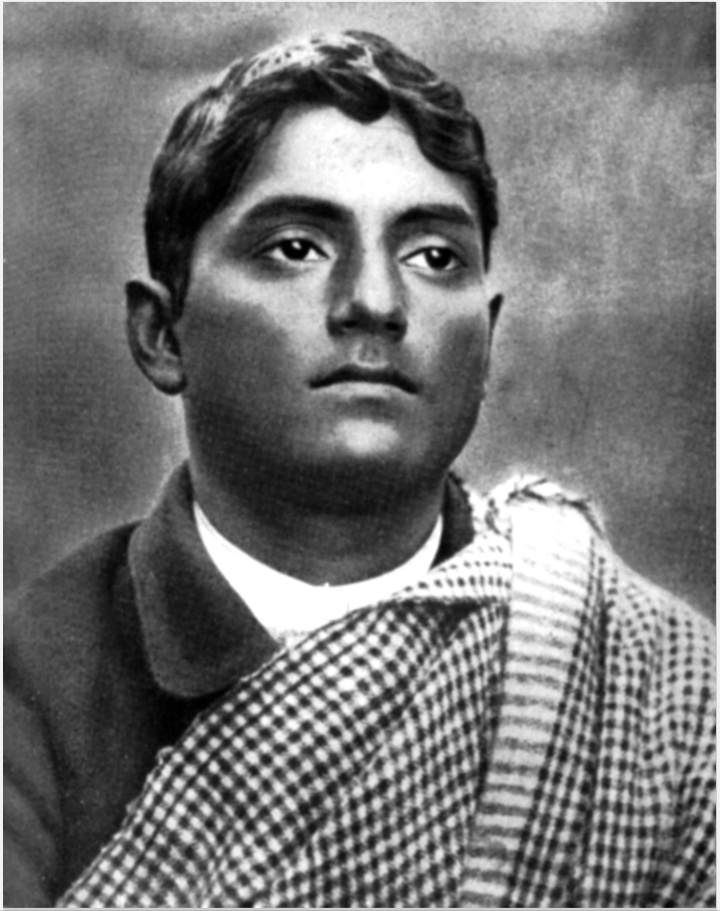
Jatindranath was born in Kushtea subdivision of undivided Bengal (now in Bangladesh) in 1879. Growing up reading the works of Bankim Chandra Chattopadhyay and hearing tales of valor of historical personalities like Raja Pratapaditya of Jessore, young Jatin was imbued with a sense of deep nationalism. This was further ignited when he arrived in Calcutta in 1895 for higher studies and came under the influence of Swami Vivekananda. The powerful words of the ascetic monk lit fires in Jatin’s young mind and he devoted himself to raising corps of young boys for serving in situations of flood, draught, famine etc. Advised & inspired by Swamiji, he also took up exercising and bodybuilding earnestly and also made sure his band of volunteers followed the same.
By the turn of the century, Jatin had come to the realization that foreign rule was draining India’s wealth and prosperity and was pushing its original inhabitants to depths of penury. Inspired by Vivekananda, he also believed that freedom could only come by overthrowing the oppressor. Around 1902, Jatin was instrumental in establishing Anushilan Samiti – a fitness & exercise club in public but in secret, an institution dedicated to spreading revolutionary thoughts and training youth in armed warfare. In the coming years, Jatin worked tirelessly to spread Anushilan Samiti’s branches and revolutionary thought across undivided Bengal.
In 1906, while visiting his native village, Jatin learnt of a tiger terrorizing the villages. He entered the forest to find the beast and despite being severely mauled, managed to kill the ferocious animal by stabbing it with a knife. This incident earned him the title “Bagha” (Bagh being the Bengali term for tiger). Jatin was seriously ill but eventually recovered and jumped straight back into Anushilan Samiti activities. To fund revolutionary activities, purchase of arms & ammunitions, Jatin pioneered the idea of looting banks and carriages transferring cash. However, he was strictly against random acts of violence against civilians. He was pursuing a greater dream: to win over the Indian elements of the army and get them to rise up in revolt against the colonial administration – his immediate target was the 10th Jat Regiment posted in Fort William.
Till this time, Jatin, despite his prominent role in the revolutionary movement, had remained unknown to the administration. But his cover was blown after the assassination of Deputy Superintendent Shamsul Alam in January, 1910 in Calcutta. The assailant, Biren Datta Gupta was arrested and under severe duress, revealed Jatin’s name. The latter along with 46 other members of the Anushilan Samiti were arrested and charged with treason for attempting to wage war against The Crown.
However, Jatin’s carefully practiced de-centralization strategy ensured that investigations often hit dead ends. 33 of the 47 accused were released for lack of evidence. Jatin served a one-year sentence. After coming out of jail, Jatin immediately suspended all revolutionary activities. He was eyeing something far bigger. By this time, Jatin was aware that war clouds were encroaching Europe’s skies and the German Empire was any day likely to enter into an armed conflict with Britain. Following “enemy’s enemy is my friend” principle, Jatin wanted to enlist German help in overthrowing British rule in India. When the German Crown Prince visited Calcutta, Jatin met him secretly and secured a verbal promise of arms supply.

Shortly after when World War I broke out, in September 1914, an International Pro-India Committee was formed at Zürich. Very soon it merged into a bigger body, to form the Berlin Committee, or the Indian Independence Committee, led by Virendranath Chattopadhyaya alias Chatto: it gained the support of the German government and had as its members prominent Indian revolutionaries abroad, including leaders of the Ghadar Party. Freedom fighters of the Ghadar Party started leaving for India, to join the proposed uprising inside India during World War I, with the help of arms, ammunition, and funds promised by the German government.
In India, Jatin and the revolutionary Jugantar group became the focal point of these efforts. The overall scheme came to be known as Hindu-German conspiracy. Meanwhile, the administration deputed the dreaded cop Charles Tegart to foil Jatin’s grand scheme. As police surveillance and searches picked up, Jatin moved to Balasore to avoid attention. It also made logistical sense as the ship carrying weapons from Germany was expected to arrive at the Orissa coast. Unfortunately, an unexpected development derailed Jatin’s plans.
A group of Slovak and Czech revolutionaries in the US were assumed to be German supporters. In reality, they were double agents, secretly spying on Austro-German diplomats. It was this group that uncovered the plans of dispatching of arms from Germany to India to aid a mass revolution there and passed it on to the Americans who in turn relayed it to the British.
Jatin was now a wanted man. He was asked to flee from his hideout immediately but he refused to leave without his closest confidants. This allowed a huge police posse from Calcutta and Balasore, further reinforced by an army unit from Bhadrak to catch up with Jatin and his men. For two days, Jatin and his companions trudged through forested hills of Mayurbhanj district and finally reached Balasore railway station. Eventually realizing they were surrounded, Jatin & group took up a position in a small hillock at Chashakhand in Balasore. Chittapriya, one of his lieutenants, asked Jatin to leave. But Jatin refused. He would not abandon his men.
On the afternoon of 9th September, 1915, the five revolutionaries armed with German Mauser pistols began a gun-battle with the British-Indian forces with modern rifles. For 75 minutes, Jatin and his 4 companions put up a valiant fight despite being severely outnumbered. They fought till the last bullet. Chittapriya was killed, Jatin and Jyotish Pal were found badly injured and Naren and Manoranjan were captured and later hanged to death. While casualties on the government forces was not known, local villagers were of the opinion that Jatin and his men accounted for at least 25 policemen.
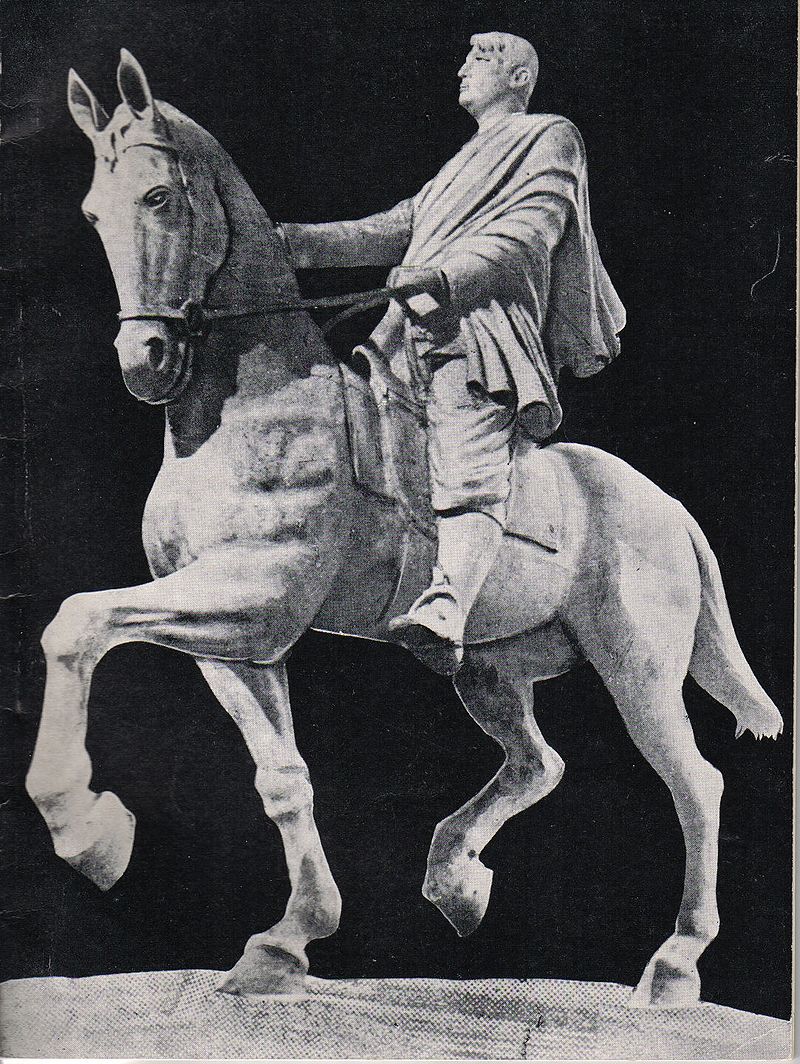
Jatin died from his injuries the next day at Balasore hospital. Jatin may have died but his dream lived on in his iconic line – “Amra morbo, Jogot jagbe” – loosely translating to We will die to awaken the nation. Tegart, the dreaded chief of Bengal Police who hunted Jatin down paid the ultimate compliment – “Though I had to do my duty, I have a great admiration for him. He died in an open fight." Later in life, Tegart admitted: "Their driving power (...) immense: if the army could be raised or the arms could reach an Indian port, the British would lose the War". He is also believed to have said in private that if Jatin was an Englishman, his countrymen would put up his statue in Trafalgar Square.
Jatindranath Mukherjee aka Bagha Jatin lived and died for the independence of his country and countrymen. But while he remains a popular figure in Bengal, rest of his country has forgotten him and reduced him to a footnote of the independence movement.
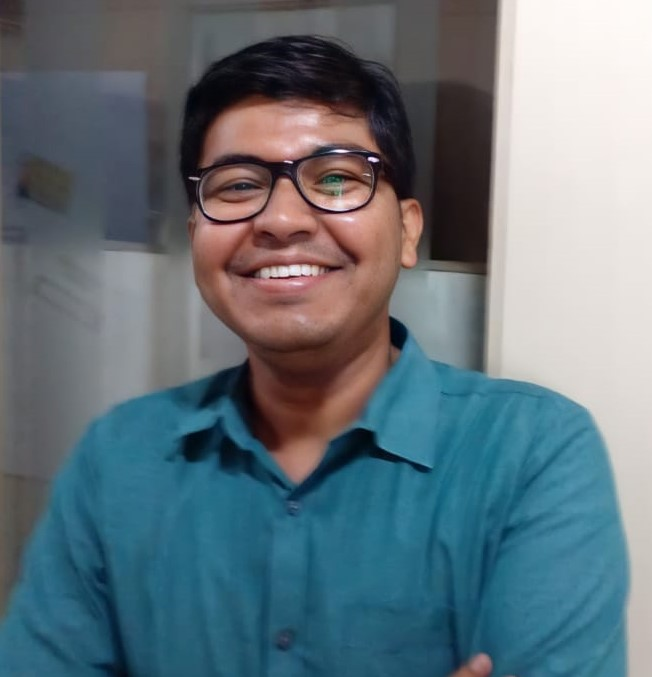 Based out of Kolkata, Trinanjan is a market researcher by profession with a keen interest in Indian history. Of particular interest to him is the history of Kolkata and the Bengal region. He loves to write about his passion on his blog and also on social media handles.
Based out of Kolkata, Trinanjan is a market researcher by profession with a keen interest in Indian history. Of particular interest to him is the history of Kolkata and the Bengal region. He loves to write about his passion on his blog and also on social media handles.
NEXT ARTICLE
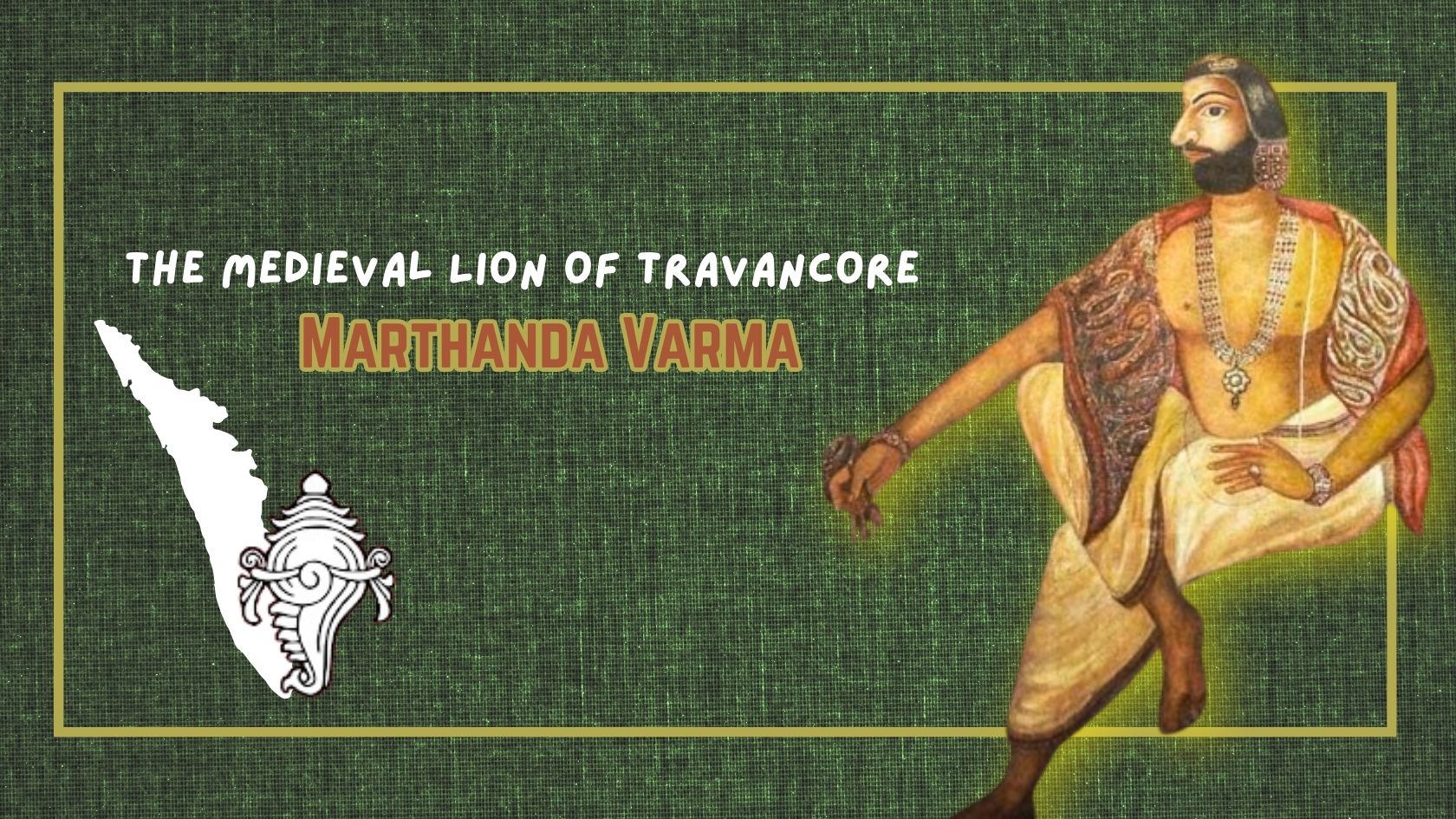
Shri Ramachandra Prasad's captivating narrative and the hot chai that was served at the right time transported me to ancient Kerala, where the extraor...
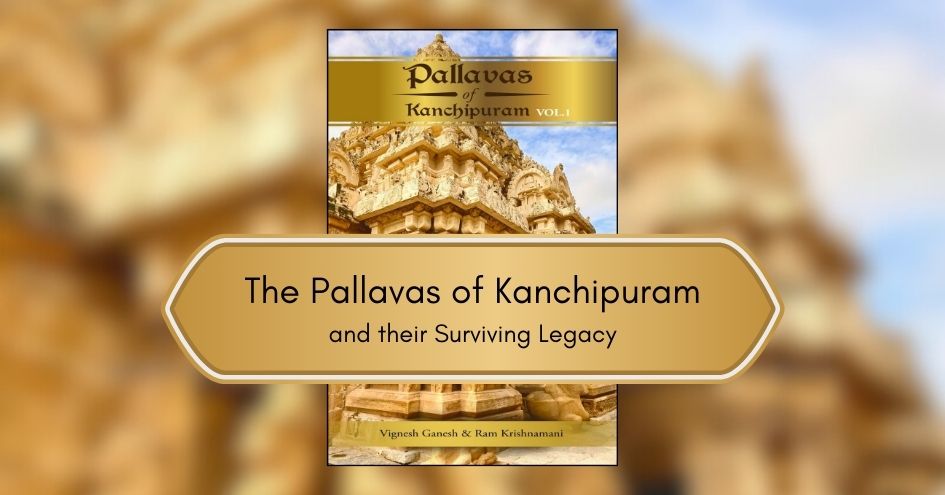
Introduction In Bharatvarsha, History is not the account narrated by victors. It is the record left behind by survivors. The study of Indian History...
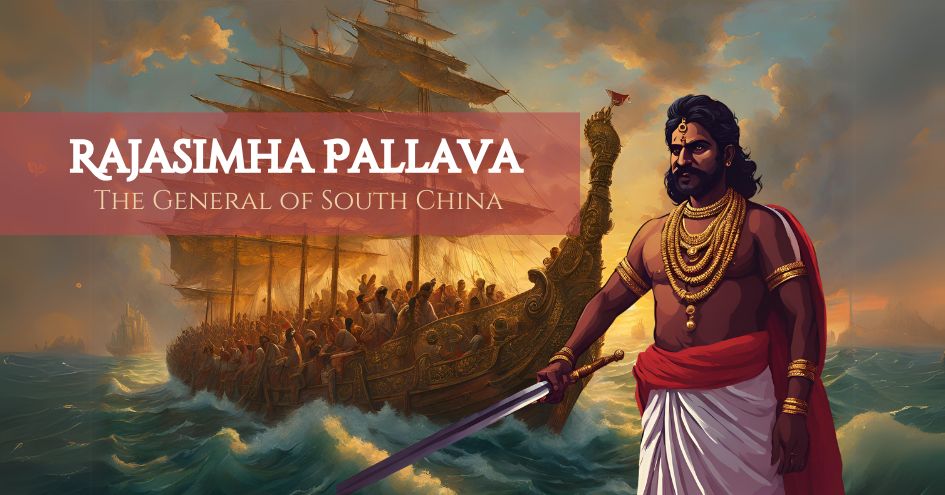
It is the first-half of the 8th Century C.E. in South India. The Pallava kingdom possesses strength and prosperity with some of the greatest monument...